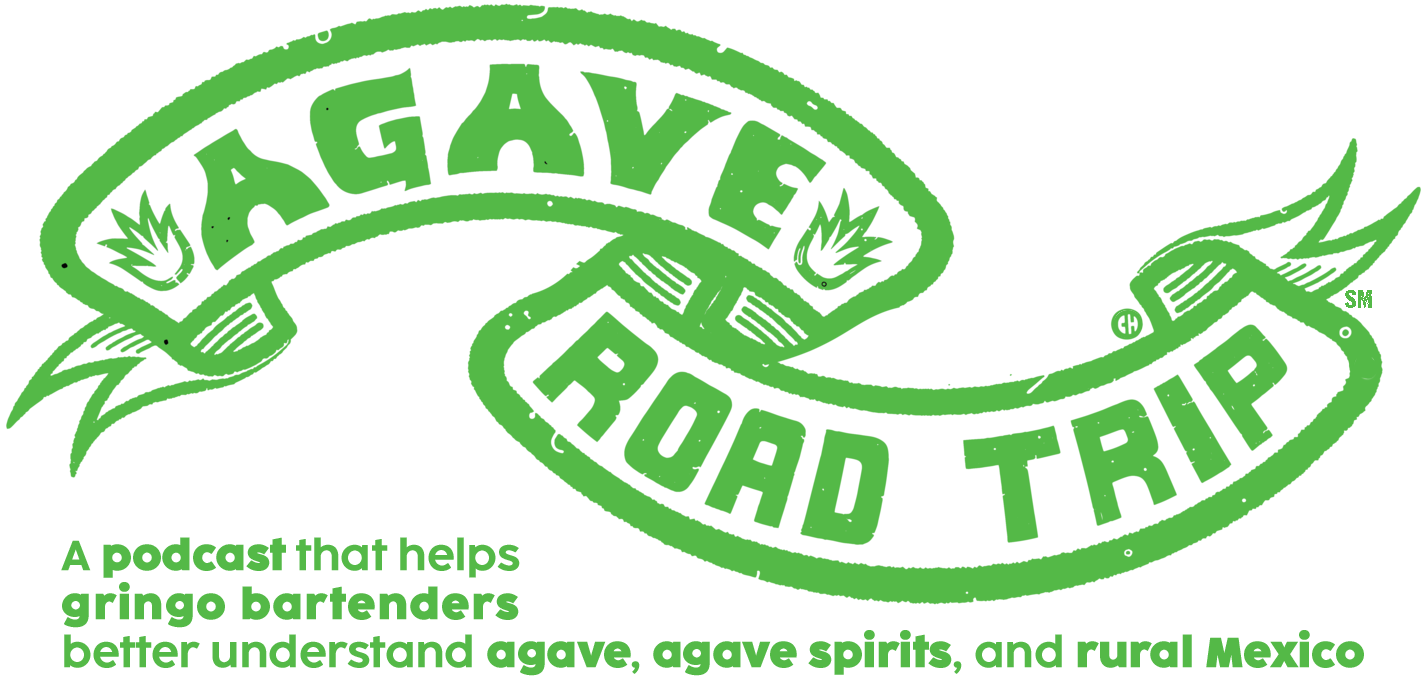Is the mezcal worm cultural heritage or crass marketing?
If you believe the mezcal geeks, no self-respecting mezcalero would ever adulterate their multi-generational spirits with gusanos or scorpions or any critter of any kind. But I tend to believe history over geeks, and history tells a different story. We share that story in this episode of Agave Road Trip!
Thanks to Anna Bruce at @ramblingspirits.photos for this week’s awesome cover!
This episode of Agave Road Trip is sponsored by Mezcal Ultramundo. Ultramundo is a mezcal brand owned by a family without any real historic connections to mezcal heritage. Instead, their connection is to nature. They own a 24,000-acre ranch that is resplendent with agaves -- specifically maguey lamparillo, a variety that takes something like 15 to 18 years to reach maturity. The botanist they consulted said that if they allowed at least 20% of the mature agave annually to go to seed, the plants would be able to self-regenerate, creating a never-ending supply of lamparillo. So that’s what they’re doing. And the agave they’re harvesting, they’re turning into a delicious mezcal in Nombre de Dios, Durango. Mezcal Ultramundo is available at wholesale in California, and throughout the USA at retail via mail-order. If you want to taste what mezcal could be, if we avoid growth through mono-cropping, check out Ultramundo.
Agave Road Trip is a critically acclaimed, award-winning podcast that helps gringx bartenders better understand agave, agave spirits, and rural Mexico. It’s hosted by Lou Bank and Chava Periban.
Notes
Check out “The Worm in the Mezcal is at the Heart of Oaxacan Tradition," written by NC Stevens on his blog Drinking Folk, from December 14, 2023 — even more evidence of the heritage of the gusano (plus the surprise appearance of impostor gusanos)!
“The Real Reason There’s a Worm in Your Mezcal," InsideHook, May 5, 2022
“Why is there a worm in bottles of tequila?,” The Straight Dope, July 2, 1999
Agricultura técnica en Mexico, Volume 1, Secretaría de Agricultura y Ganadería, Dirección General de Agricultura, 1955
There are two species of gusano that tend to be most commonly used in mezcal: the red one is of the species comadia redtenbacheri and the white one, which is the one commonly found feeding off the agave plant, is aegiale hesperiaris.

